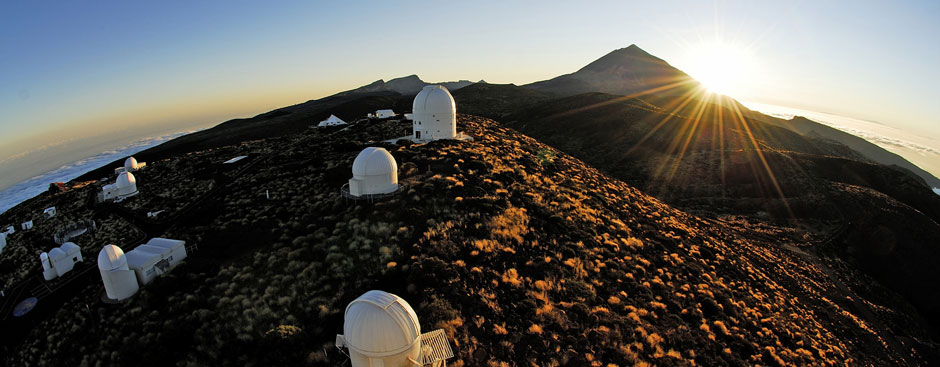Speaker
Description
As direct detection experiments continue to tighten constraints on heavy WIMPs, the low-mass region of the dark matter (DM) parameter space remains largely unexplored. Detecting Light Dark Matter (LDM) requires both sub-keV energy thresholds and large exposure. While solid-state detectors can achieve energy thresholds on the order of 10 eV, their limited target mass restricts the achievable exposure.
The "Direct search Experiment for Light dark matter" (DELight) is designed to address this challenge by employing superfluid helium-4 as a target material. Helium offers several advantages: its low nuclear mass and intrinsic radiopurity make it ideal for low-threshold experiments, and enables scalable detector designs. Additionally, it provides both photon and quasiparticle signal channels, allowing for discrimination between interaction types. DELight will utilize Magnetic Micro-Calorimeters (MMCs), which offer excellent energy resolution and a detection threshold of a few eV. In its initial phase, with an exposure of 1 kg×d and a threshold of 20 eV, DELight is expected to probe previously inaccessible regions of the LDM parameter space, achieving a projected sensitivity below 10⁻³⁹ cm² at a DM mass of 200 MeV/c² for masses under 100 MeV/c². This contribution will outline the working principles of the DELight experiment and provide an overview of the recent developments towards its realization.

